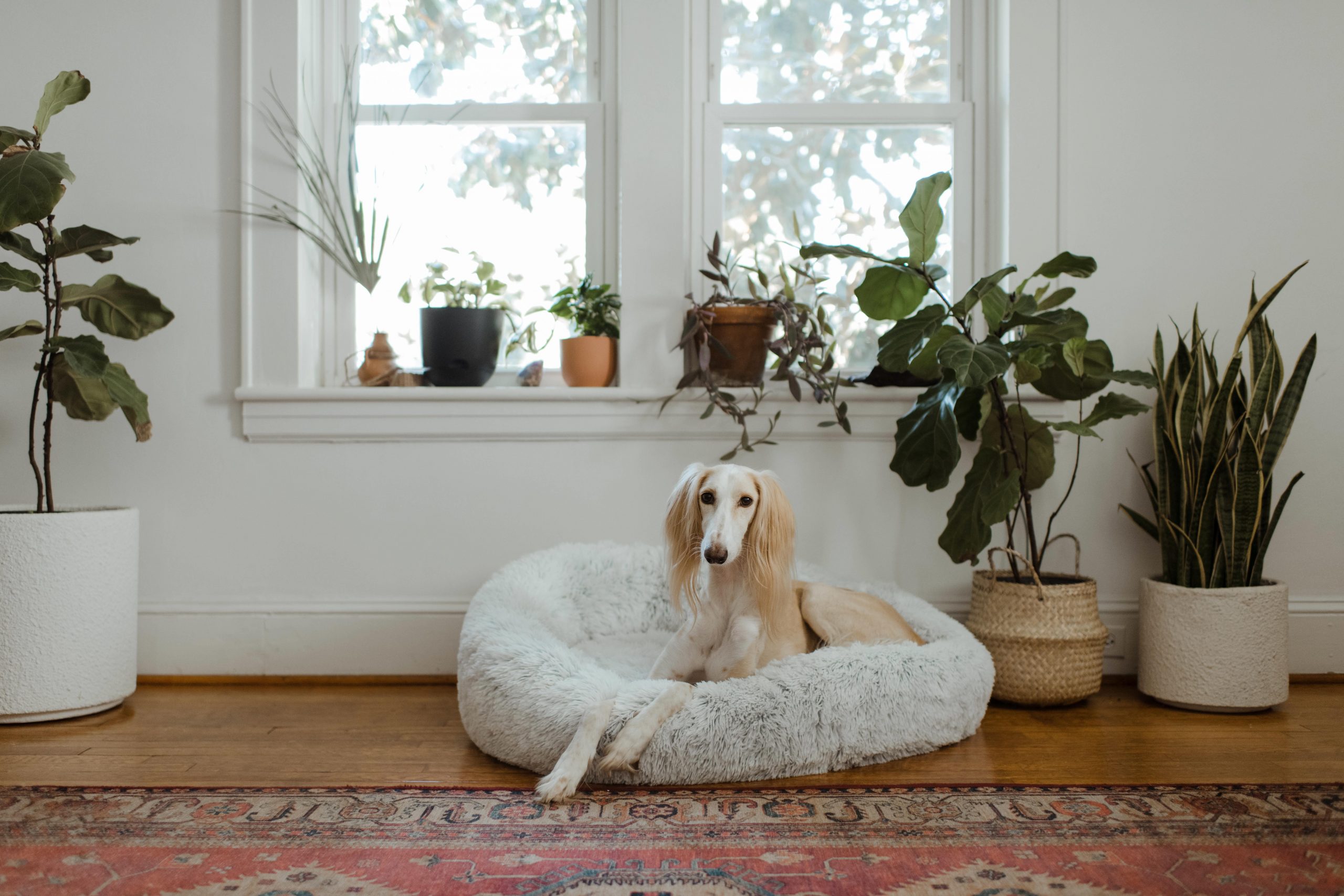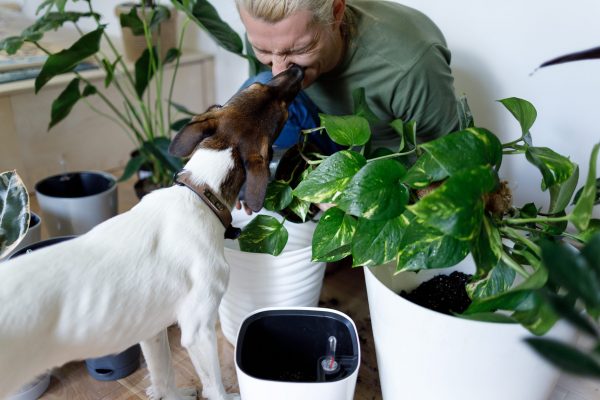
As we have been working from home and being around our pets much more often, did you guys notice new naughty habits? The first things that come to my mind that my pet can mess with are probably electrical wiring and expensive furniture, but plants would never have been the first thing to pop into my head as dangerous for animals.
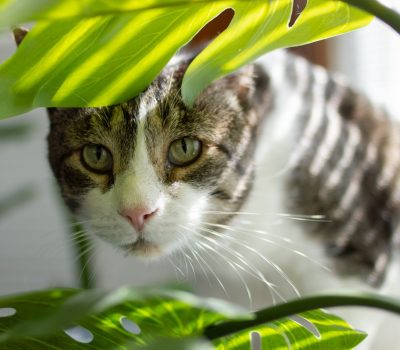
Chewing and digging is not only harmful for the plants,
but is also very dangerous for our animals. Luckily, most household plants only cause mild reactions like upset stomach, diarrhea or vomiting and these symptoms can still be considered as mild. But some plants can really give our pets, more serious and stronger reactions like mouth irritation, lethargy, liver or kidney damage and in extreme cases even death.
Of course we strongly endorse adding greenery to your space because it makes your space not only look great but it also, keeps your air clean, improves your mood and increases creativity. It is even said that plants help reduce stress and anxiety.
Here are some helpful tips you can do to protects your pets:
We got the chance to speak to a professional landscaper and owner of Exterior Texas, Rene Sides, a pet owner and animal lover. She says, and I quote "more plants are toxic than not."
One of the easiest ways to keep your pet out of your plants, is to cover the soil with rocks or pebbles to prevent them from digging into the dirt. Aluminum also works for cats indoors, they hate the sound when they land on it.
What you can also do, is spray your plants with diluted essential oils. Directions: mix at least one drop of pure essential oil with 50 drops of pure carrier oil to properly dilute pet-friendly oils.
Pet-safe carrier oils are coconut oil, extra virgin olive oil, almond oil, and grapeseed oil. Safe essential oils are Myrrh, Frankincense, Chamomile, Ginger, Rosemary and Lavender is safest for both cats and dogs. The more concentrated the oil is the more dangerous it can be to pets. Essential oils are lipophilic and easily absorbed through the skin and mucous membranes the lining of the mouth and nose, which carry the oils into the bloodstream.
Plant stands are are your best friend to keep your plants out of reach, but do do keep in mind not to place very tall or very heavy plants where they can be easily knocked over. Hanging plants are also a good option for dog owners, but cat owners be cautious of your playful friend.
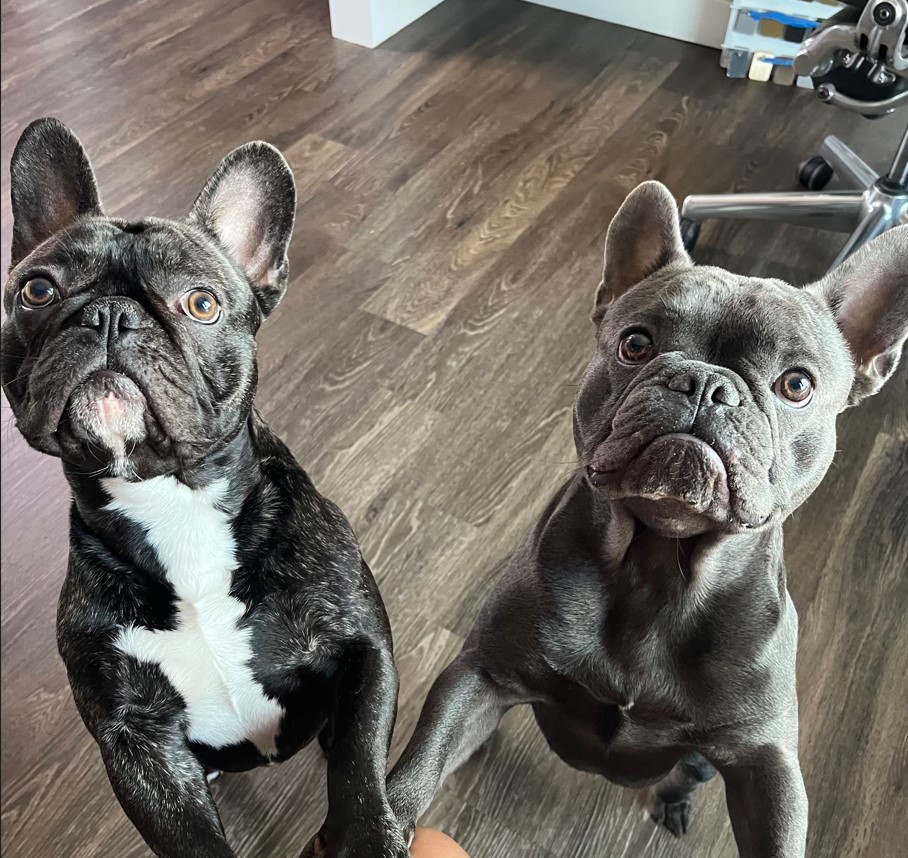
If you have a bigger garden you can add mesh fencing around the dirt areas or change the environment from the soft mulch to something more uncomfortable, like gravel because it will hurt their feet and act as a deterrent and may find it delicious! Motion lights or sprinklers can scare them away.
Another good solution is to use training techniques to end behavior. You can use classic methods, such as click training, positive and negative reinforcement and even treat training.
A few common interior plants that are safe for your pets are:
African violet
Birds nest fern
Boston fern
Hibiscus
Sunflowers
Marigolds
Rattle Snake Plant
Spider Plant
Snap Dragons
Hibiscus
Gerber Daises
Orchids
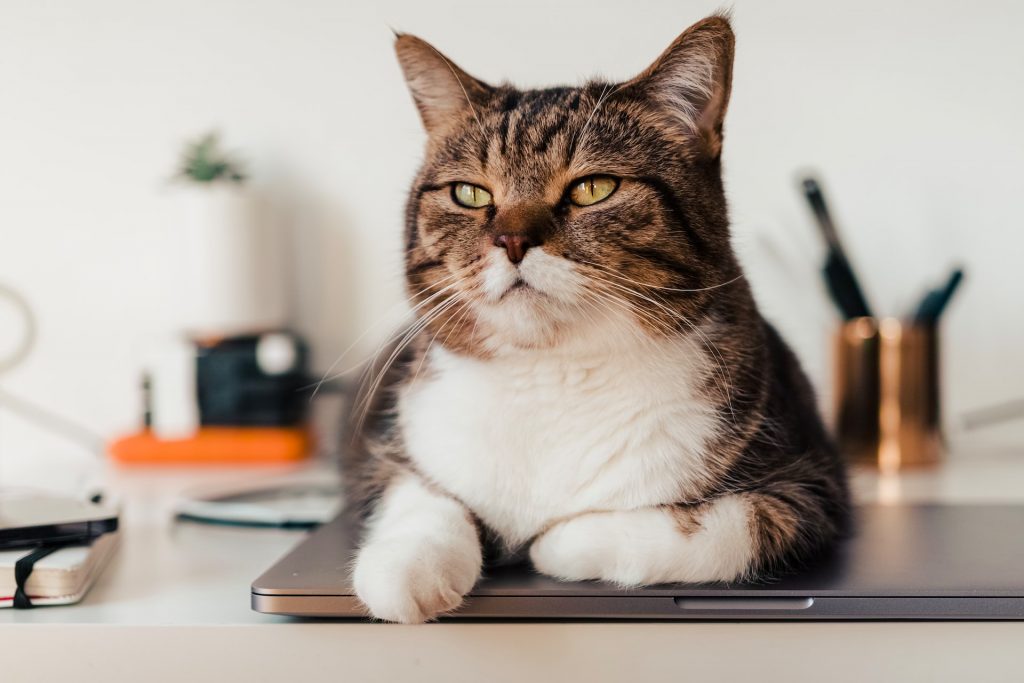
These are just a few options you can bring into your space. Being cautious does not mean we have to cut plants out of our lives completely just because we are pet owners, but we have to be aware that we can’t just bring any plant into our space.
Although these tips are great, some of these tricks can work for some pets, but all pets have different characters and some love picking up rocks or actually like the smell of essential oils. While others aren’t even interested in dirt or plants.
Always do your research before bringing in plants to your space. To be sure, we have added the link to ASPCA’s long list of plants toxic to your pets, both cats and dogs.


